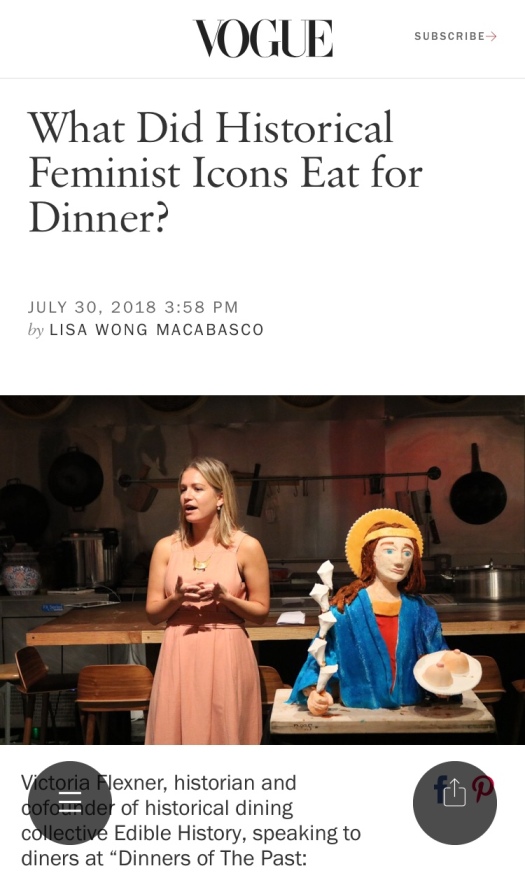It’s the second week of May, but what better time for a quick recap of the second half of 2018? Here, for your reading pleasure (and my organizing pleasure), is a small summary of projects I worked on after hitting “publish” on my Cream of Tartar article. I haven’t dropped off the map! I’ve just been sailing quietly.
Definitely planning on posting the written versions of my egg tart and Italian bakery talks (as described below).
Also, right at the top–
What Am I Working On Now?
I haven’t had a ton of time for research so far this year, but these are the topics I’m thinking about/poking around when I have a minute:
- French marriage proposal cakes??
I have found ONE source on this, and one other French source that’s very brief, but according to “A History of Food” by Maguelonne Toussaint-Samat, young men in Brittany would propose marriage by sending a young woman a cake…and if she rejected the proposal, she would send back an identical cake, but not the original cake. This is fascinating to me. If anyone has leads, let me know. - Why are croissants so ubiquitous in the United States?
You can get them in any coffee shop and even at gas stations. There are pre-packaged versions. How did this happen? It’s a complicated French pastry. When, exactly, did they become so common? - Pastry that looks like genitalia
‘Nuff said, probably. There’s a surprising amount of it. Send examples if you find ’em!
Onward to recap!
What Came First? A Brief History of the Chinese Egg Tart (July 2018)
At the Museum of Food and Drink (MOFAD) in Greenpoint, I gave a talk about the complicated history of the Hong Kong-style egg tart; how the “seed” of the dessert was likely planted by Portuguese pirates, and then spread, like so many foods do, via colonialism and immigration.
How To Navigate An Italian Bakery (September 2018)

Gina Leggett, the powerhouse lady behind Renaissance Person, put together a dessert-themed September event featuring Megan Giller, author of Bean to Bar Chocolate: America’s Craft Chocolate Revolution and one of the creators of the feminist food history YouTube series What Women Ate–and me! I talked about traditional Italian bakeries and where most of the desserts originated. (Spoiler: most of the distinctive Sicilian desserts can be traced back to their once-upon-a-time period of Arab rule.)
And of course there were tastings from local NYC Italian bakeries, including Veniero’s, which has been open since 1894.
Edible History: Feminism, Trade Winds, and Elizabethan London (July-September 2018)
Edible History, a Brooklyn-based historical supper club “focused on bringing the past to life through food, drink, and stories” is the truly engaging collaboration between Victoria Flexner, a vibrant and elegant speaker, and Jay Reifel, a passionate chef with vision, guts, and the technical skill to match.
I was lucky enough to work with Jay on a handful of edible centerpieces for three dinners–“Feminist Food, Feminist History,” featuring a dough-and-pastillage St. Agatha, “Secrets of the Trade Winds,” where a fake “fish pie” shaped like a 15th-century map took center stage, and “A Tudor Feast,” with a dough replica of the Globe theater acting as home for a cockenthrice and some marzipan delicacies.
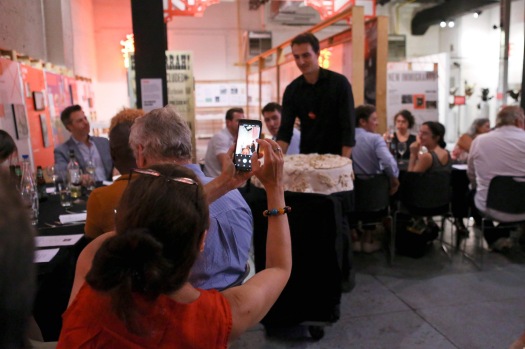
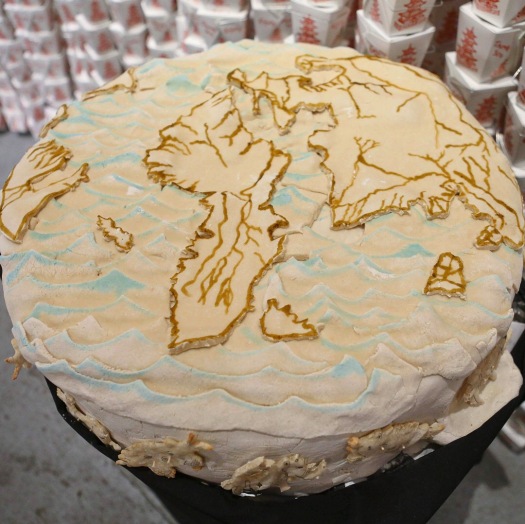
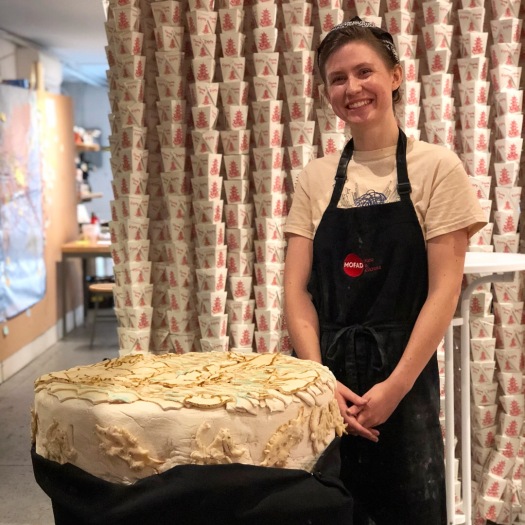
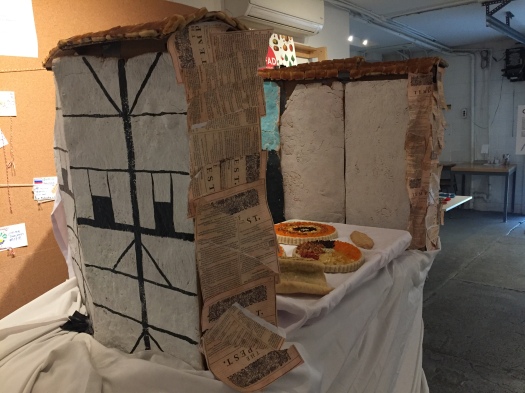

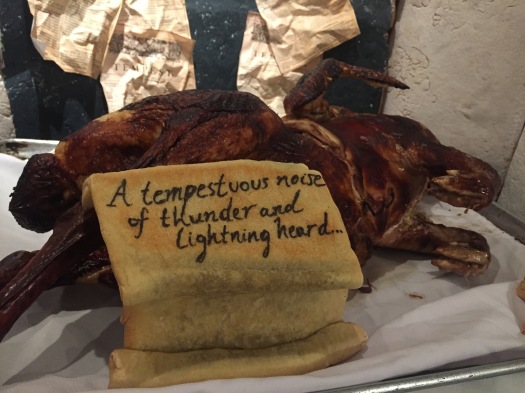
“Death in the Pie” for EATEN: The Food History Magazine (October 2018)
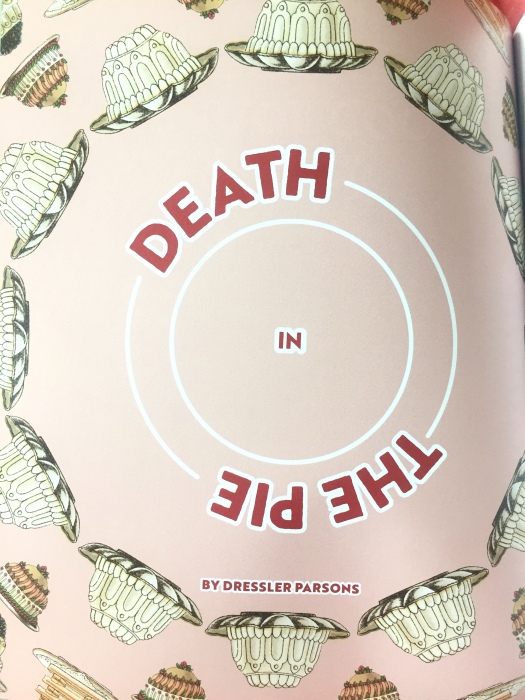
Still available in their fourth issue, Sweet & Sour, “Death in the Pie” tells the story of George Wheeler, a man in New York at the turn of the century who died after eating a poisoned lemon meringue pie. Why was it poisoned? (Brief answer: So MANY things were poisoned then!) Why did people care so much? (Brief answer: Lemon pie was a quintessentially American dessert and it was an easy metaphor for the huge changes brought about by the Industrial Revolution!)
This piece was a lot of fun to write and fascinating to dig into. Also Emelyn Rude is a brilliant editor and a dream to work with.
Historical Dessert Based On The Silk Road (November 2018)
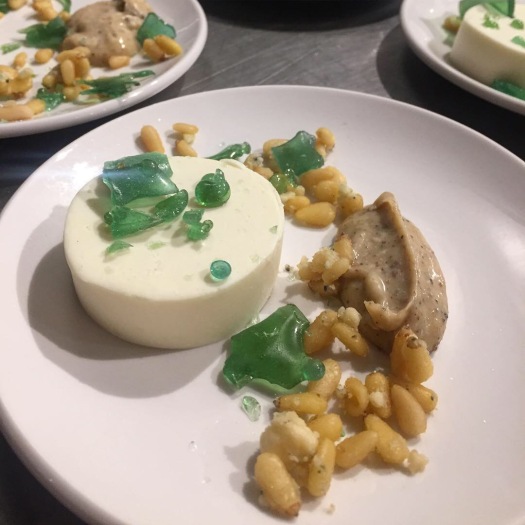
In collaboration with Chef John Hutt of MOFAD, I developed this dessert as a small part of a 9-course Silk Road-themed dinner he created for a private event. Drawing on Venice’s place as part of the Silk Road in the 13th century, the dessert featured “Venetian glass” pear candy along with a roast chestnut panna cotta, pine nut and blue cheese crumble, and a cardamom and long pepper sauce.

